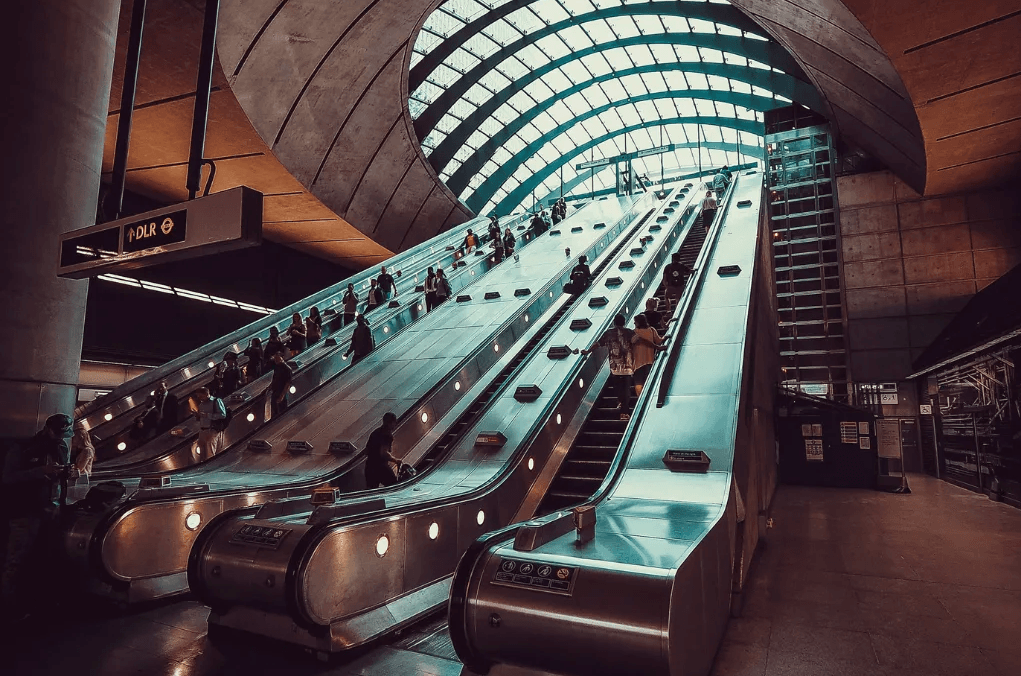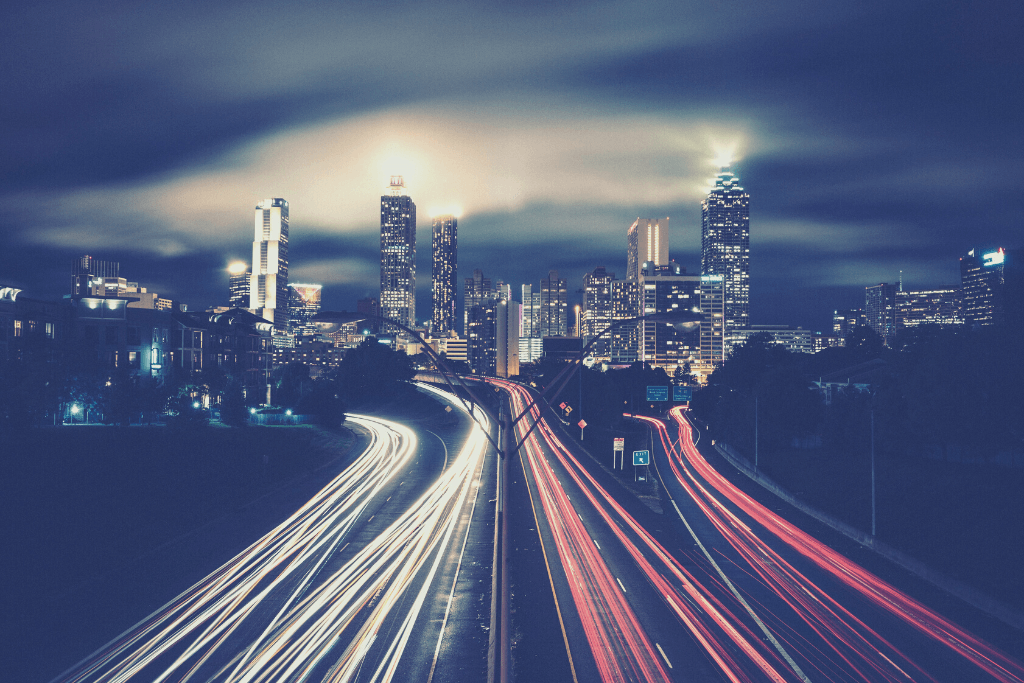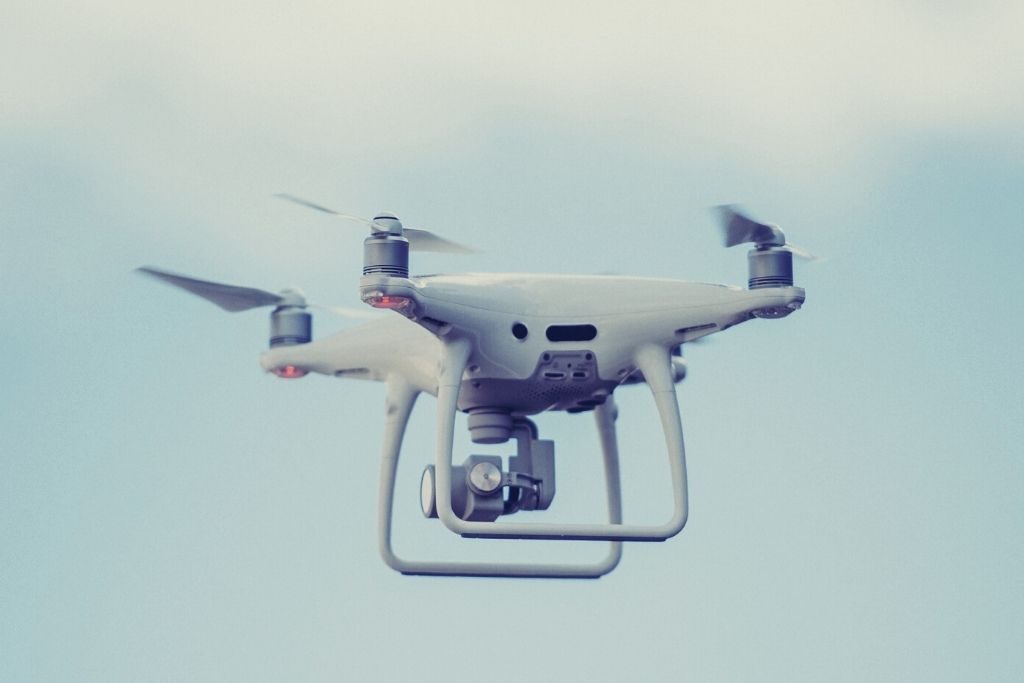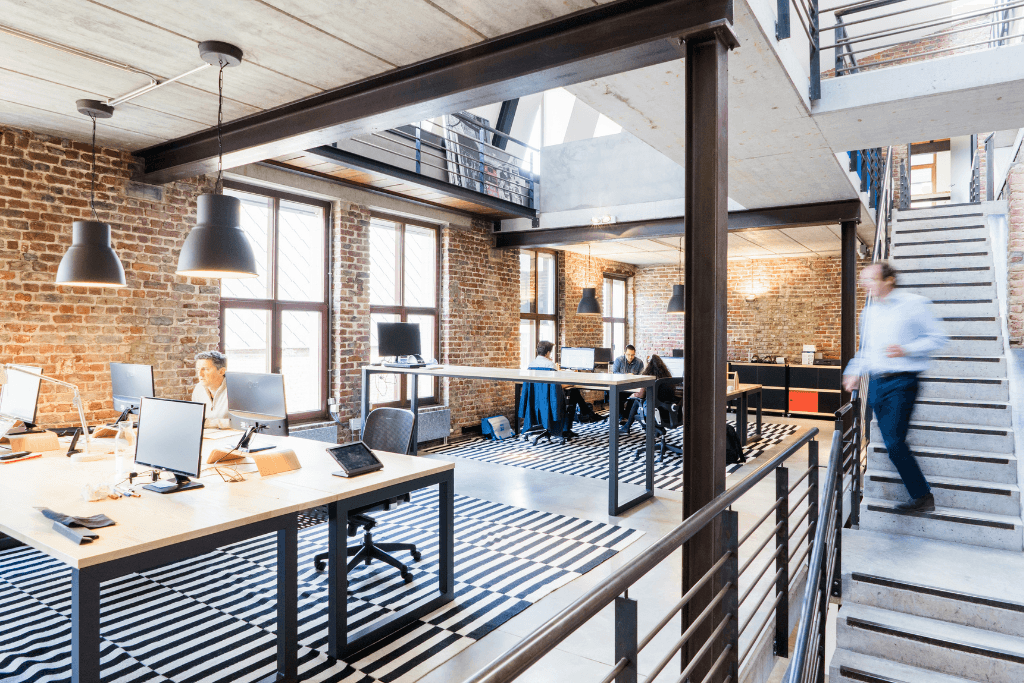“An advanced city is not a place where the poor move about in cars, rather it’s where even the rich use public transportation,” said Enrique Peñalosa, the former mayor of Bogotá.
As the urban populations skyrocket and environmental concerns climb, public transportation is playing an increasingly crucial role. It offers a more efficient, sustainable, and equitable way to move people, reducing traffic congestion, pollution, and economic burdens. From enabling optimized travel and boosting economies to fostering community and tackling climate change, well-designed public transport systems are essential ingredients for the healthy future of our cities, as well as the quality of life for those who live in them.
In large cities, subway stations have a particularly special place in the urban fabric: They’re not just transit hubs, but they’re community arteries and have a vital function in keeping these metropolitan landscapes vibrant and thriving. But efficiency alone isn’t enough. These junctions demand a focus on both safety and aesthetics. Passengers deserve accessible environments that prioritize their well-being and security measures, all while fostering a sense of community through thoughtful design. By striking this balance, subway stations can go beyond mere transit points, and pulsate with the energy and character of the city itself.
But how can we ensure safety while fostering aesthetics that attract and engage riders?
Creating a Secure and Stress-Free Transit Experience

Prioritizing passenger well-being is paramount. Stations should be accessible to all, featuring wide walkways, readily accessible elevators, and clear, intuitive signage. Bright spaces, strategically placed security cameras, and easily reachable emergency call points deter crime and ensure a sense of security.
Platform protection is crucial, whether achieved through edge doors or innovative alternatives, safeguarding against falls and enhancing air quality. Finally, fostering mental well-being shouldn’t be overlooked. Calming colors, natural light, and the uplifting presence of public art contribute to a welcoming and stress-free environment that values passenger comfort and peace of mind.
More Than Just a Stop: Stations as Destinations

Subway stations go beyond mere functionality. They deserve visual appeal that seamlessly integrates with the city’s fabric, reflecting its unique culture and identity. Sustainable materials contribute to a greener future, while public art and a touch of greenery enhance the user experience.
Adding amenities like cafes and shops transforms stations into vibrant community spaces, fostering a sense of belonging and encouraging longer stays. This shift transcends aesthetics, creating stations that serve as destinations, not just transit points.
There are already many examples of subway stations being destinations by their own right, while boosting tourism and community engagement. For example, Stockholm’s subway network is dubbed the “longest art gallery in the world,” as it features over 90 stations decorated with sculptures, murals, and mosaics spanning various artistic movements. Likewise, Tashkent’s beautiful metro boasts opulent stations adorned with mosaics, chandeliers, and even stained glass, resembling underground palaces.
Tech-Powered Stations: Elevate the Passenger Experience

Smart technology acts as a powerful ally in crafting a seamless and stress-free passenger experience. Clear, real-time information displayed on digital signage guides travelers effortlessly, eliminating confusion and frustration. Automated ticketing systems expedite entry, minimizing wait times and hassle for everyone. Advanced security measures, bolstered by enhanced surveillance and rapid response capabilities, ensure passenger safety and peace of mind.
Finally, mobile app integration empowers passengers with trip planning, fare payment, and even accessibility features at their fingertips, creating a truly user-centric experience. This integration of technology goes beyond mere convenience, fostering a sense of control and confidence for every journey.
Building Bridges, Not Just Transit

The urban heartbeats of the future, subway stations must transform from transit points into safe, beautiful, and sustainable destinations. Prioritizing accessibility, security, and well-being while embracing artistic integration, green spaces, and smart technology empowers passengers and communities for a brighter, more equitable future in our cities.







